The Royal LePage® 2025 Spring Recreational Property Report includes national and regional price data and insights from experts in 50 recreational real estate markets across the country.
The report states that, the median price of a single-family home in Canada’s recreational regions is expected to increase 4.0 per cent in 2025, compared to 2024, as demand for recreational homes – though slightly depressed as a result of geopolitical tensions and economic uncertainty – continues to outpace available supply in most markets.
“The pandemic-era scramble for recreational properties, once reminiscent of a modern-day gold rush, has thankfully eased – along with the chaos of bidding wars and thin inventories. Demand for recreational properties among Canadians, and the lifestyle they offer, remains strong but balanced. While the mainstream market is more sensitive to economic shifts, demand in the recreational segment remains steadfast, even during periods of market hesitation,” said Phil Soper, president and CEO, Royal LePage. “Many families share the deep-rooted desire to own a recreational home, and that is unlikely to change.”
Key highlights from the release include:
- Canada’s provincial recreational markets are expected to see an increase in single-family home prices in 2025, with Atlantic Canada forecast to see the highest level of price appreciation at 8.0%.
- The weighted median price of a single-family home in Canada’s recreational property market increased 2.3% year over year in 2024 to $627,700.
- Nationally, the weighted median price of a single-family waterfront property decreased 3.6% year over year, while the price of a condominium remained flat, rising just 0.2%.
- Waterfront houses in Atlantic Canada recorded the highest provincial year-over-year price appreciation in 2024, rising 12.6%.
- 55% of recreational property market experts across the country reported an increase in the average days on market compared to last year, despite a majority (72%) reporting similar or less inventory.



